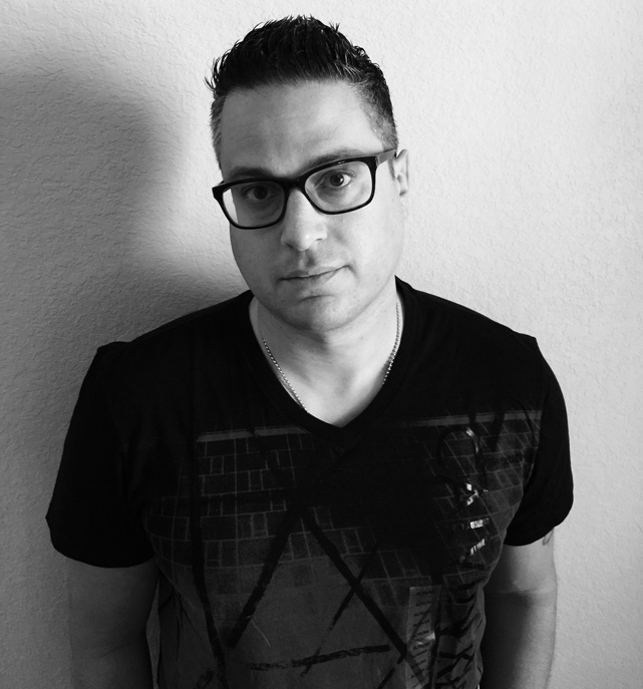
In a glass-walled boardroom located in HP’s London offices, Chad Paris finally escapes his media training and becomes animated about the integrated lattice milling and the CNC brush cut running along the back spine of the X360 laptop that he’s gesturing towards.
As the person in charge of overseeing the design of all of the company’s mobile products – notebooks, mobile workstations and accessories – Paris’s diary seems to be taken up more with meeting rooms than machine shops, but he’s clearly a man fixated on brilliant design.
Since 2011, and the years when Meg Whitman was CEO, HP has harmonised its multiple hardware lines under the acronym ‘PHI’.
“It’s the golden ratio of proportion,” explains Paris, “but for us, if you break the acronym down it’s Progressive, Harmonious and Iconic.”
Paris marshalls design teams in both Houston and Taipai and PHI still sits at the heart of the work that they do. “Progressive was [defined] in terms of how we really cater to the up-and-coming needs of our customer. At that time, we had the commercialisation of IT trend, which still continues to grow strong and that’s not going away,” says Paris. “There’s a lot of innovation from how we’re refining the form factor but also being thoughtful of experiences.”
“The harmonious aspect,” he continues, “was really about diving into the key details of the products, so whether it was a power button on a notebook or a power button on a display, those all now became harmonious, with the same shape and the user knowing where the location was.”
It sounds simple, he says, “but all this work had to be done to drive consistency and build brand equity.”
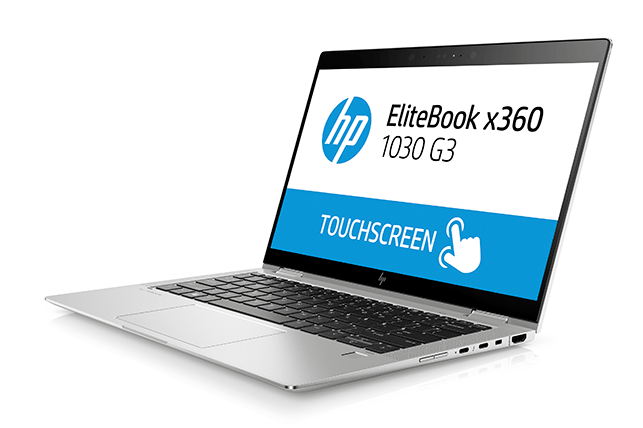
Finally, there’s the last element of the philosophy: ‘Iconic’. Says Paris: “We believe that by the first two – Progressive and Harmonious – the second that something is designed, it’s not iconic, but once you reiterate that philosophy throughout, you get iconic for the brand and the equity that says ‘That’s HP.’”
HP’s new design mantra began to bear fruit in 2016 with plaudits won at the launch of its premium business Elite Folio notebook, and has since continued with follow-on products.
“The philosophy is so important upfront, because if we just did a one-off, then we’d be back into that disconnect,” he says of the latest designs.
“As long as we are listening to the insights of our customers and driving the right material choices and feature trade-offs, that allows us to work more agile, once we get into the product development and start to actually design it.”
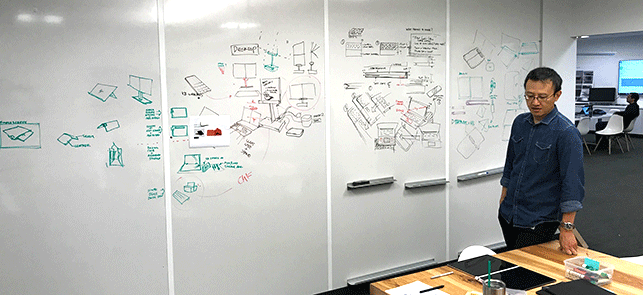
Exploring the language of design
The design process begins with ‘programme managers’ [in HP’s case, the marketing team]. Paris has “at least weekly” meetings with them, which shows in his choice of language, often punctuated with sales jargon.
“We will have a yearly design language exploration to decide what are our goals for the next two years, which gives us a basis for when we start a product like the X360, or a springboard, if you will, to let us know what to go and tackle.”
Springboards aside, get him on to the finer design details of the products his team have created and he becomes more enthused. “You see a strong play from us in aluminium in terms of what we apply to products,” he says brightly, when asked about material choices. “There’s a cosmetic aspect to that – you get a beautiful lustre and sheen and we’ve lightened up the silvers over the years to give that ‘one life’ experience for those really aspirational customers who want the ‘sexy’ mobile.”
Paris has worked with HP’s metal suppliers to hone finishing techniques and to go beyond the cosmetic, taking cues from the automotive industry and monocoque racing chassis.
“Not only is it serving for the outer beauty but – as you see with this beautiful undercut here,” he says, whipping an X360 notebook around at speed, “it allows for what I call a five-sided box, which gives it rigidity and strength. So you’re getting beauty and performance.”
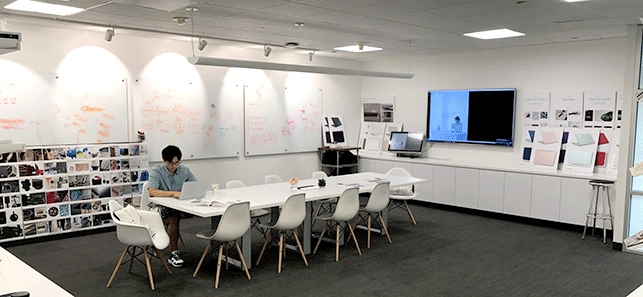
Assembly at scale
Assembly at the scale to which HP works is one of the key restrictions on design. “Once manufacturing starts to remove the limitations of what you can do from a form-factor perspective, you have to go on to the next phase of how everything else works in the ecosystem of a product coming together,” says Paris.
“So even with something as simple as that undercut that I was talking about earlier, tremendous effort went into being able to say, ‘Yes, I can go 10mm back on the device.’ But I still need to be able to assemble the hinge and make sure it is structurally sound underneath this undercut.”
It’s a whirlwind process, with each product taking a year to reach market and the design cycle, from conception to prototyping and manufacture builds, taking just six months. “Three months into that, you need to have a pretty wrapped-up, solid-state concept in mind for what you’re going to pursue,” says Paris.
“We’re going through so many iterations of placement, of stack-up – I could bore you to death with the amount of iterations we go through for engineering in an ID perspective to make sure we’re making the right proportional trade-off and the architecture is matching up with the design intent,” he says.
“That’s all happening from Day One. Right from where we kick off, we’re integrated with the architecture team, to make sure they’re aware of our goals and how we package this system.”
And there’s a lot to package – with the design team working with suppliers to achieve the right experience. As an example, Paris mentions HP’s relationship with audio component supplier Bang & Olufsen, and how the X360 business notebook was tuned specifically for voice and conferencing.
“We’re a heavily driven customer insights team – so when we do start to look at new form factors or new implementation of certain technology features, we’ll go and get real data to help back up the right experience for the customer,” he says.
Being a company operating in numerous regional markets across the globe presents a huge design challenge, so HP is reliant on data and local knowledge feeding in to the designs early on.
“We’re doing specific things for China, and working with different outlets like [Chinese online retailer] JD.com to understand what those customer needs are to make sure we’re providing the right products for the right needs in those segments,” says Paris.
He describes a lot of the product styling as aspirational and ‘one life’ – that is to say, able to fit in at work, home, coffee shop or airport departures lounge. And inevitably, his own experience, working across a seemingly never-ending stream of online conference calls and on the move, feeds back into the products. “Our own technology has made this a lot easier for me!” he laughs.
HP’s future design strategies fall into two pots – near term and long term, “which is shorter term than you’d think,” Paris jokes. “I can’t speak too much for future roadmaps, but yeah, we’re looking at technologies out there like IoT devices and how voice integrates and how that may change workflows for our customers.”
As we get ready to leave the boardroom, he alludes to new display technologies, hinge mechanisms and more that HP is working on as it refines its current form factors, ready for a world where the lines between work and home and elsewhere are more blurred than ever.
Chad Paris in sixty seconds
Why did you become a designer?
I wanted to use my artistic and creative abilities to improve people’s lives and experiences they have with everyday products.
Which designer or company do you most admire and why?
Dieter Rams. His work and philosophy embodies, to me, what good design is all about: simplicity in form and meticulous attention to graphic detail, used to create products that are beautiful, intuitive and timeless.
What product could you not live without?
I can’t leave the house without a watch on. I’m very much into watch design and the mechanical aspect of automatic timepieces.
What design would you have loved to have designed and why?
The next one of anything. Design is constantly evolving and, as a designer, the passion lies in what comes next. My ‘down to earth’ answer would be the Ferrari Enzo. The lines and proportion of the car are mesmerising in person. True functionality tied with the ultimate in beauty!
Play-Doh, Meccano or Lego?
Play-Doh – no limitations on how or what you can create.
What are your weapons of choice?
Pen and paper.
Is there anything that would make your design process run smoother?
With teams in US & Asia, teleportation.
Can you predict any future trends?
Automation at home and on the go will continue to progress with blended reality creating more immersive experiences between the real and digital worlds.
If you were hosting a dinner party who would you invite and why?
Tom Brady. I’ve followed him since his college career and admire his mental drive to overcome adversity to defy all odds.
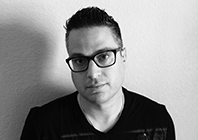
HP’s global design manager discusses the thinking behind the company’s latest high-end mobile devices
Default






